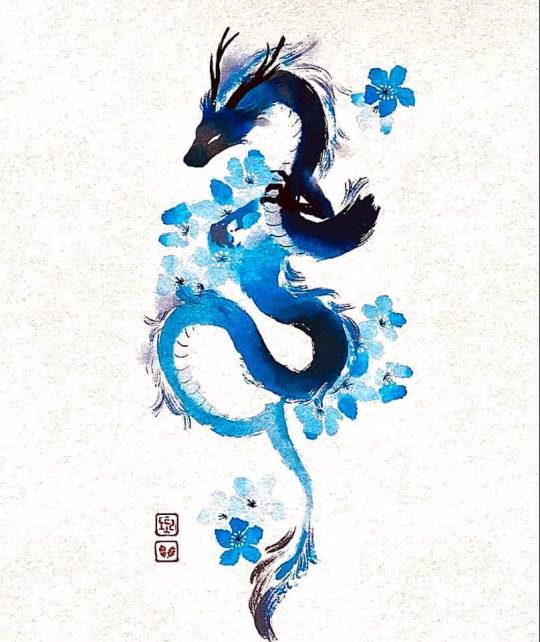Text

Freya’s Heartache (Golden Tears),
by Gustav Klimt
73 notes
·
View notes
Text

Victor Nizovtsev (Artiste russe contemporain, basé aux États-Unis et travaillant à l'huile.) - "Mystic Wood". (Localisation inconnue)
17 notes
·
View notes
Text

In 1939, the Sutton Hoo burial site near Woodbridge, Suffolk, emerged as one of England's most remarkable archaeological discoveries. This early 7th-century ship burial held a trove of treasures, including an exquisite ceremonial helmet adorned with intricate designs and a warrior's face mask, showcasing the advanced craftsmanship of that era.
The site was abundant in artifacts such as gold and garnet jewelry, a sword, and a shield, yet it intriguingly lacked human remains. The acidic soil had eroded any bones, leaving the identity of the buried individual an enticing enigma. Scholars frequently suggest King Rædwald of East Anglia as a potential occupant, considering the grave's luxury. However, without conclusive proof, the true identity of the individual remains uncertain, ensuring that the story of Sutton Hoo continues to intrigue and mystify.
10 notes
·
View notes
Text

“On a wire”
Ans Debije
Oil on canvas 20 x 20 cm
Dutch artist
76 notes
·
View notes
Text

Fall of the Rebel Angels, carved out of a single piece of marble in 1740 by Italian sculptor Agostino Fasolato, it depicts 60 fallen angels.
More: https://thetravelbible.com/museum-of-artifacts/
53 notes
·
View notes
Text

Head ornament from a wedding set, Qing dynasty, China, ca.1800–1911
gilded bronze, with kingfisher feathers and natural pearls. The house in the centre, symbolic of the young couple, is flanked by two dragons. Qatar Museums Authority, Doha © Hubert Bari.
38 notes
·
View notes
Text

Royal ring of king Tutankhamen, when you watch it, you notice how much manufacturing precision and details.
#Royal #Ring #Tutankhamen #KingTutankhamen #kingtut #pharaoh #egypt #egyptian #ancient #history #historical
28 notes
·
View notes
Text

A note from the year 1436 identifies the owner of this sapphire ring as Duke Ernest the Iron (1377–1424 CE). This makes it the oldest, unequivocally attributable object inventoried among the medieval treasures of the House of Habsburg.
#Ancient #mystery #history #Archaeology #AncientCulture #AncientHistory #AncientCivilizations #AncientWorld #HistoricalDiscoveries
#AncientTechnology #AncientWisdom
14 notes
·
View notes
Text

Gold Anglo-Saxon belt-buckle that dates to the 7th century AD. It was found at the Sutton Hoo burial near Woodbridge in Suffolk, England. Amazing craftsmanship. Click for full image.
A description by the British Museum is below:
"Gold belt-buckle, hollow with cast ornament. The upper surface is covered entirely with zoomorphic interlace, the design picked out in tiny punched circles and inlaid (except on the loop) in niello. Three large plain hemispherical bosses connect with sliding catches on the back-plate, which opens on a hinge. Situated on either side of the boss at the tip of the buckle, two animals grip a smaller creature in their open jaws; on either side of the two, slightly smaller, upper bosses are two birds' heads with curved beaks. Between these is a circular plate which acts as a stop for the tongue of the buckle. This plate is decorated with a complex animal interlace; the tongue protruding from it is ridged and otherwise plain. The buckle loop has two panels of interlace, not nielloed, on the upper surface and the rest is plain. The buckle loop is hinged independently, and the tongue plate also moves on a separate swivel; basal disc."
. . .
📷British Museum
11 notes
·
View notes





